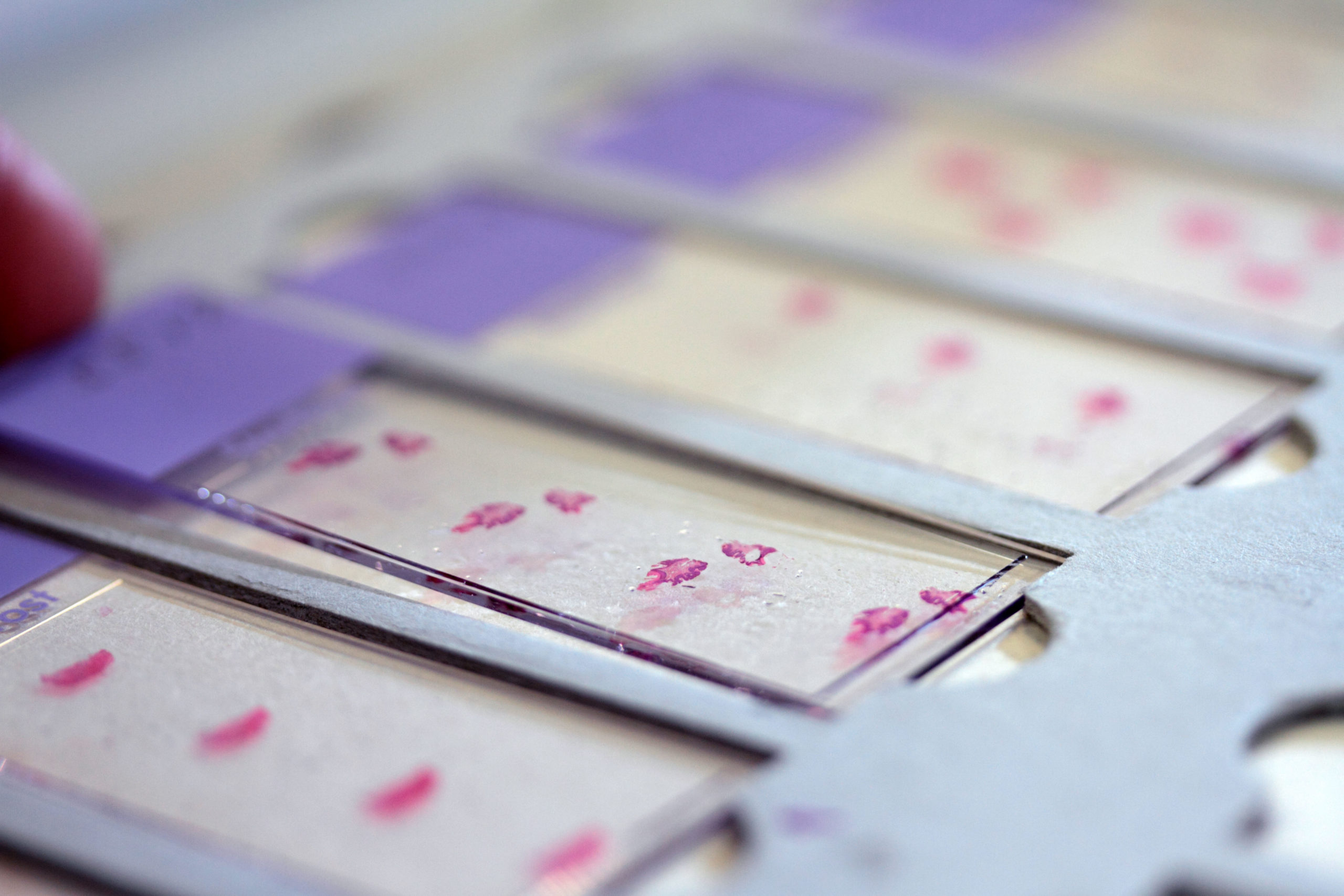
Granule cell role in sleep hypersomnia
DESCRIPTION
Granule cell are the most numerous cell type in the cerebellum and indeed, in the brain.
Determine whether in the hippocampus and the supramammillary nucleus (SuM) the same neurons are reactivated when mice are exposed 1 week apart to two periods of wakefulness (W-W), paradoxical sleep rebound (PSR-PSR) or a period of W followed by a period of PSR (W-PSR)
We combined the innovative TRAP2 mice method in which neurons expressing cFos permanently express tdTomato after tamoxifen injection with cFos immunohistochemistry.
We found out that a large number of tdTomato+ and cFos+ cells (Granule cell) are localized in the dentate gyrus (DG) after PSR and W while CA1 and CA3 contained both types of neurons only after W.
The number of cFos+ cells in the infrapyramidal but not the suprapyramidal blade of the DG was positively correlated with the amount of PS. In addition, we did not find double-labeled cells in the DG whatever the group of mice.
In contrast, a high percentage of CA1 neurons were double-labeled in W-W mice. Finally, in the supramammillary nucleus, a large number of cells were double-labeled in W-W, PSR-PSR but not in W-PSR mice.
Altogether, our results are the first to show that different neurons are activated during W and PS in the supramammillary nucleus and the hippocampus.
We showed for the first time that granule cells of the infrapyramidal blade of the DG are activated during PS but not during W.
Further experiments are now needed to determine whether these granule cells belong to memory engrams inducing memory reactivation during PS.